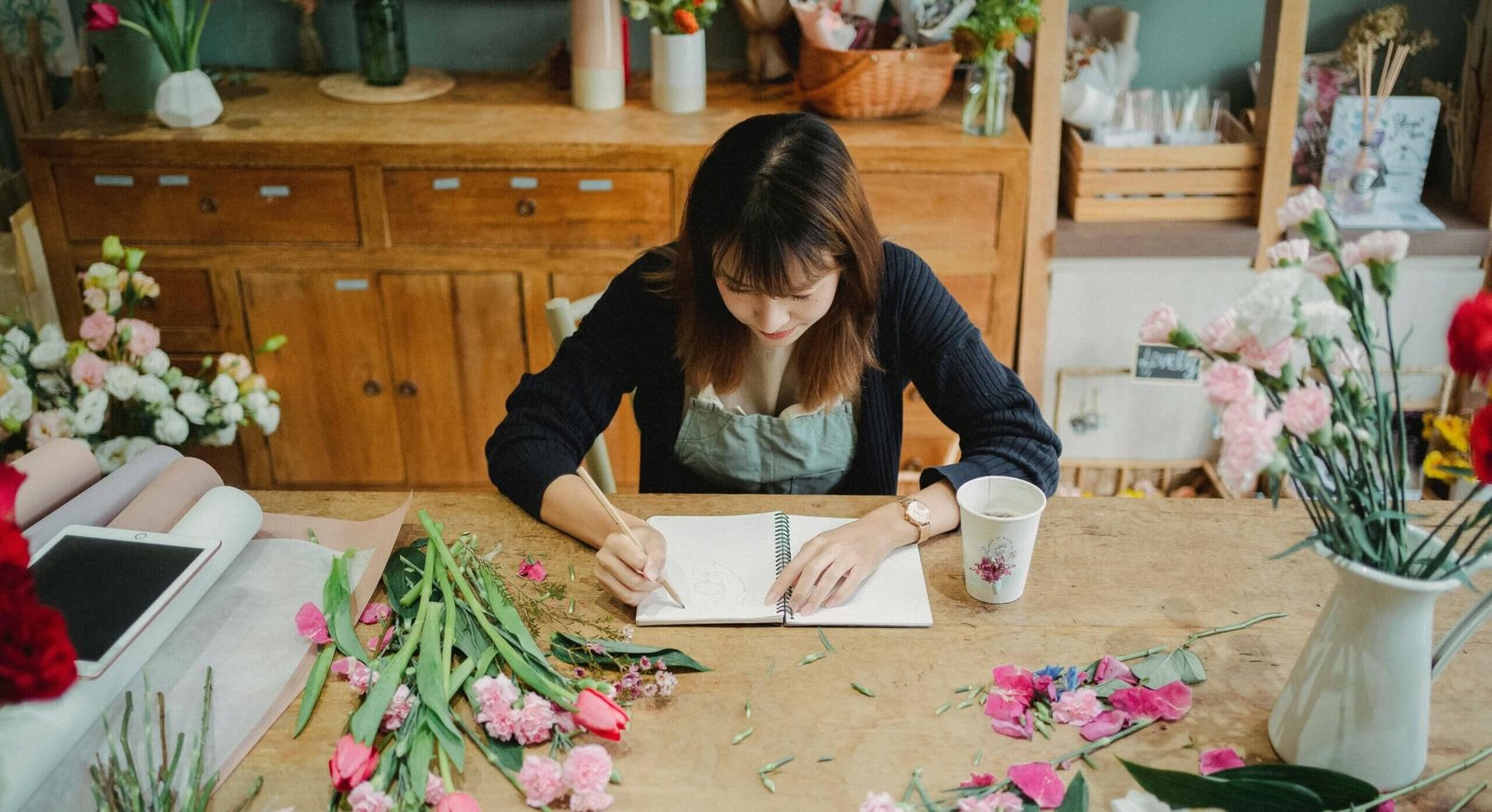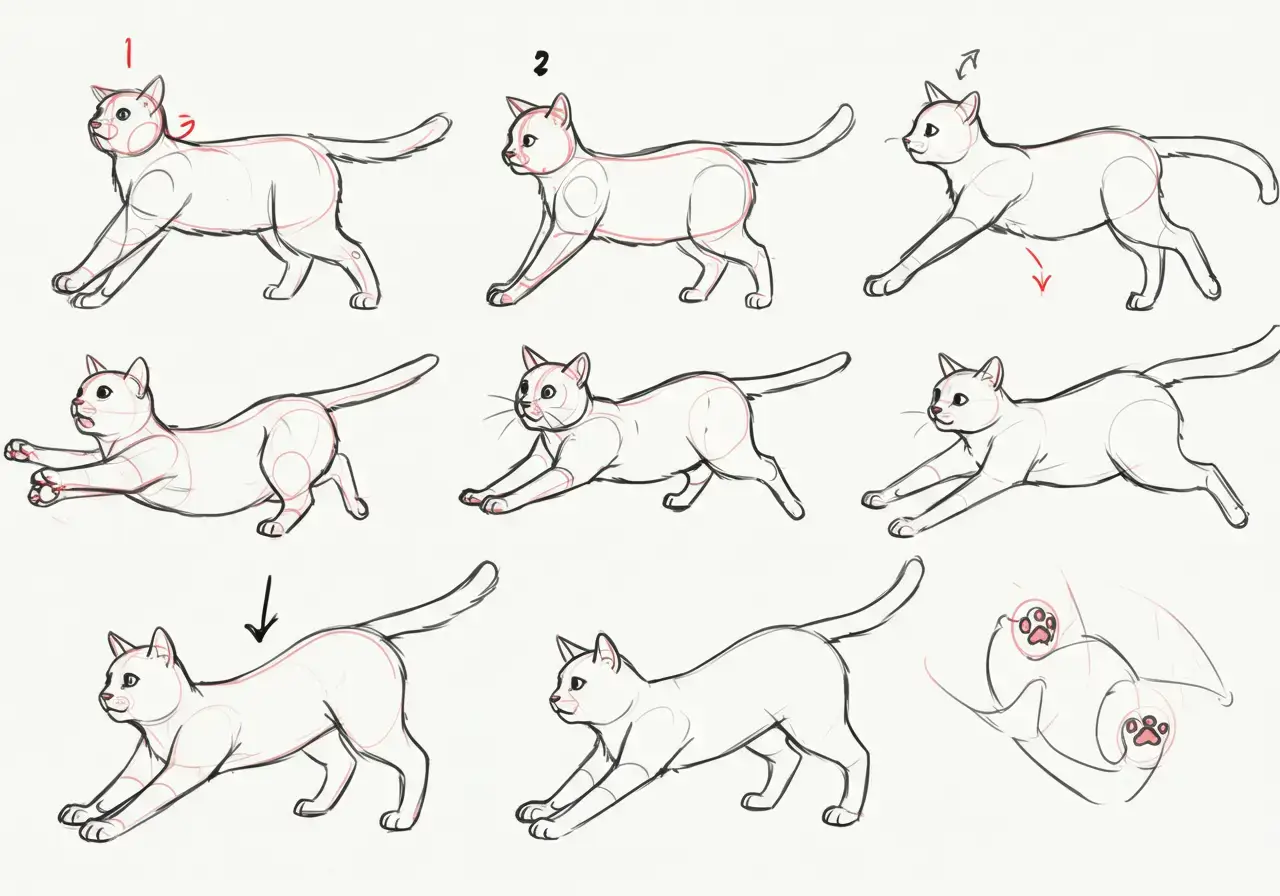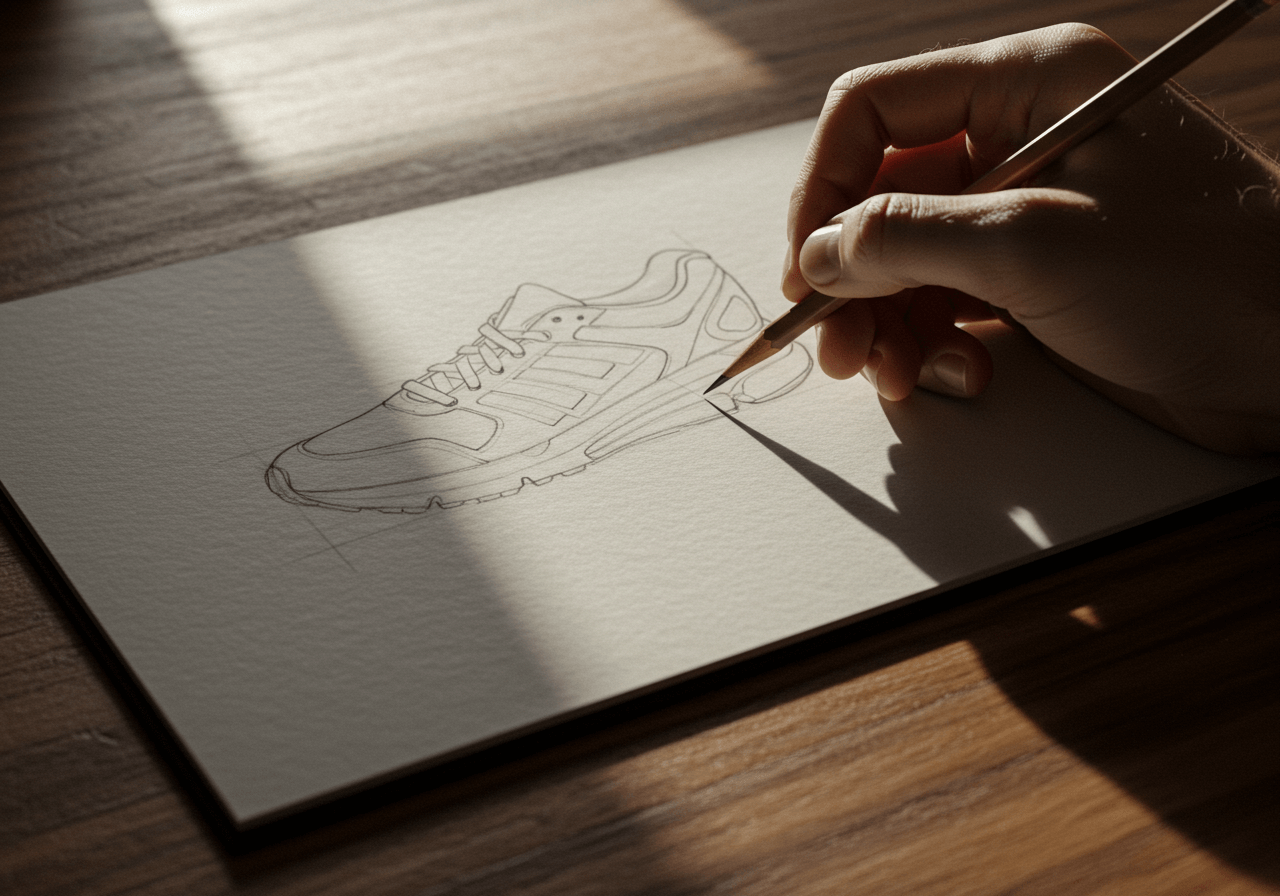How to Draw a Rose: Your Super Easy Step-by-Step Guide!
Hey there, art buddies! Ever wanted to draw a rose but felt it was just too darn complicated? Like, how do you get all those delicate petals just right? Well, guess what? It’s not as hard as it looks, and trust me, by the end of this super fun guide, you’ll be whipping out beautiful roses left and right. Think of me as your personal art guru, here to show you exactly how to tackle that [rose drawing step by step] without breaking a sweat!
We’re not just aiming for any old doodle here, either. We’re going to dive into making something truly lovely. Whether you’re a complete newbie to drawing or you’ve been sketching for a while and just want to perfect your floral game, this tutorial is for you. We’ll cover everything from the basic shapes to those gorgeous, realistic details that make your rose pop. So grab your pencils, some paper, and let’s get sketching!
Why Roses, You Ask?
Roses aren’t just pretty faces; they’re actually fantastic for practicing your drawing skills. Their layered petals offer a great challenge for understanding depth and form. Plus, once you nail a rose, you’ll feel like you can conquer any floral sketch out there. And admit it, there’s something incredibly satisfying about drawing a flower that looks like it could almost smell sweet right off the page!
Table of Contents
What You’ll Need (Spoiler: It’s Not Much!)
Before we dive into the nitty-gritty of your [rose drawing step by step] adventure, let’s gather our simple toolkit. No fancy art school supplies required, just the basics:
| Item | Why You Need It |
|---|---|
| Pencil (HB or 2B) | Perfect for light sketches and darker lines. It’s your main magic wand! |
| Eraser | For fixing those little oopsies. Trust me, we all make ’em! |
| Paper | Any white paper will do, but a slightly thicker one is a bonus. |
| Optional: Blending Stump / Tissue | For those smooth, dreamy shadows later on. |
The Core Idea: Breaking It Down
The secret to any complex drawing, especially something as intricate as a rose, is to break it down into super simple shapes. We’re not going to start with individual petals right away. Nope! We’re beginning with circles and curves – the building blocks. This approach is totally beginner-friendly and makes the whole process way less intimidating. It’s like building Lego, but with pencils!
Let’s Get Started! Your Rose Drawing Step-by-Step Breakdown
Alright, deep breath, and let’s jump into the fun part! Follow these steps closely, and you’ll be amazed at what you create. This is our core “rose drawing step by step” journey, so pay attention!
Step 1: The Heart of the Rose (The Starting Coil)
Imagine a tiny, curly “C” shape or a loose spiral. This is the very center of your rose, where all the magic begins. Don’t press too hard; these are just guide marks.
- Pro Tip: This should be light, almost like you’re whispering with your pencil. If you mess up, no biggie – that’s what erasers are for!
Step 2: The First Layer of Petals (The Huggers)
Now, draw two small, curved lines extending outwards from that central coil. These lines should cup the center, almost like they’re giving it a gentle hug. Think of them forming a sort of “U” shape around the spiral.
- Data Insight: Research shows that starting with a clear core helps artists maintain proportion and symmetry throughout their floral drawings, preventing a lopsided bloom!
Step 3: Expanding the Bloom (More Petal Hugs)
Time to add more petals! Draw two more curved lines, slightly longer than the last, extending from the sides of your existing sketch. These should curve upwards and inwards, creating a slightly open, cup-like shape around the previous petals. You’re basically building layers around your core, like an onion, but a much prettier one!
Step 4: The Outer Petals (The Full Embrace)
This is where your rose starts to really take shape. Draw larger, sweeping, S-shaped curves around the entire structure you’ve built so far. Some petals will overlap, some will tuck under others. Embrace these organic, flowing lines. This is what gives your rose that natural, unfurling look. Don’t aim for perfection here; nature isn’t perfectly symmetrical!
- SEO Boost: For those looking for a [realistic rose sketch], this step is crucial for capturing the essence of overlapping petals.
Step 5: Adding the Sepals (The Green Bits Below)
Now for the little green leafy bits that cup the rose at the bottom – these are called sepals. Draw three or four small, pointed leaf-like shapes emerging from the very bottom of your rose. They can be slightly jagged or smooth, whatever feels right.
Step 6: The Stem and Leaves (Giving It Life)
Draw a simple curved line extending downwards from the sepals for the stem. For the leaves, think of them in pairs along the stem, with a central vein and smaller veins branching out. Rose leaves usually have serrated (tiny jagged edges) edges, so you can add those if you’re feeling fancy!
Step 7: Refining and Detailing (Bringing It to Life!)
This is where you make your rose truly yours.
Clean Up: Gently erase any initial guide lines you no longer need.
Petal Edges: Go over your petal lines, making some darker where they overlap, adding a few tiny folds or ripples on the edges. This adds so much realism!
Shading Magic: Think about where your light source is coming from. Shade the areas that would be in shadow – usually beneath overlapping petals, in the deeper folds, and on the underside of petals. Use soft, gentle strokes. This is where a blending stump or even your finger can come in handy for a smooth finish. For a truly amazing [realistic rose sketch], shading is your best friend!
Quote: “Art is not what you see, but what you make others see.” – Edgar Degas. And with good shading, you’re helping everyone see the depth of your rose!
Tips for a Truly Stunning Rose Sketch!
Want to take your rose from “good” to “wow!”? Here are some insider secrets:
- Don’t Be Afraid of Imperfection: Real roses aren’t flawless. Some petals are smaller, some are torn, some slightly wilted. These imperfections add character!
- Vary Your Line Weight: Press harder in some areas (like where petals overlap or for the deepest shadows) and lighter in others. This adds dynamic interest.
- Observe Real Roses: Seriously, grab a rose (or a picture of one) and just look at it. Notice how the petals curl, how they overlap, and how light hits them. This is golden for any [flower sketch tutorials].
- Practice, Practice, Practice: The more you draw, the better you’ll get. Your first rose might not be perfect, but your tenth? Chef’s kiss!
Beyond the Basics: Taking Your Rose Further
Once you’re comfortable with the basic [rose drawing step by step], why not experiment?
- Different Angles: Try drawing a rose from the side, or an open, fully bloomed one.
- Different Petal Shapes: Some roses have pointy petals, others are rounder. Play around!
- Add Color: Once you’ve got the sketch down, try adding watercolors, colored pencils, or pastels.
- Backgrounds: Give your rose a simple background – a subtle blur, some leaves, or a soft wash of color.
Understanding the Nuances of a Realistic Rose Sketch
Getting that truly realistic vibe comes down to a few key areas, especially when you’re pushing beyond just the basic outline. It’s less about drawing individual petals perfectly and more about conveying volume and softness.
| Aspect | How to Achieve It |
|---|---|
| Petal Overlap & Depth | This is paramount for a [realistic rose sketch]. Notice how petals don’t just sit next to each other, but often curl over or under. Use darker lines and deeper shading where one petal casts a shadow on another. Think of each petal as having its own subtle curve and thickness, not just a flat outline. The innermost petals tend to be tighter and more obscured, while outer ones are more open and defined. |
| Texture & Veining | While you don’t need to draw every single vein, adding subtle, fine lines that follow the natural curve of the petals can suggest texture. On more open petals, a few delicate, almost invisible lines radiating from the base can trick the eye into seeing more realism. Avoid making these lines too harsh or dark; they should be barely there. |
| Soft Edges | Real petals aren’t always sharply defined. Use your blending tool or finger to soften some of the hard lines, especially where light catches a petal’s edge, giving a gentle blur. This technique makes your rose feel less like a cartoon and more like a soft, living thing. |
| Light and Shadow Harmony | This is the make-or-break for any [flower sketch tutorials]. Don’t just add shadows; think about the light source. If the light is coming from the top-left, then shadows will be on the bottom-right of petals, under overlaps, and within the deeper folds. The contrast between bright highlights and deep shadows creates that 3D illusion. |
By focusing on these subtle details, your “rose drawing step by step” journey transforms from a simple outline activity into a masterful study of form and light, resulting in a sketch that truly pops!
FAQs: Your Burning Rose Sketch Questions Answered!
Got more questions bubbling up? No worries! Here are some common queries that pop up during [flower sketch tutorials].
Q1: My rose looks too flat, what am I doing wrong?
A: Ah, the classic flat-flower dilemma! This usually comes down to two things: a) not enough overlapping petals (make sure some petals tuck under others, not just next to them), and b) not enough shading. Shading is your secret weapon for making things look 3D. Think about where darkness would naturally fall – under folds, where petals are deep inside, or where one petal casts a shadow on another. Play with those shadows, and your rose will magically gain depth!
Q2: How can I make my rose leaves look more realistic and less like generic blobs?
A: Great question! The key to realistic rose leaves is observing their distinct features. First, remember they often come in groups of 3, 5, or 7 leaflets on a single stem. Second, they have serrated (tiny jagged) edges – don’t draw a perfectly smooth outline! Third, add a clear central vein and then smaller, branching veins. Finally, consider their slight twist or curl, rather than drawing them perfectly flat. A little bit of subtle shading on the underside can add more realism too.
Q3: Is it okay to trace when I’m just starting out with rose drawing?
A: Absolutely! Tracing can be a fantastic learning tool, especially for beginners. It helps you get a feel for the shapes, curves, and proportions without the pressure of freehand drawing. Think of it as training wheels! Once you’ve traced a few times and your brain starts to “get” the flow of a rose, then try to replicate it freehand. It’s a great way to build muscle memory and confidence before you’re ready to tackle the full “rose drawing step by step” without assistance. Tracing isn’t cheating; it’s learning!
Q4: My petals look too stiff or angular. How do I make them flow better?
A: This is a common hiccup! The trick is to embrace organic, flowing lines rather than straight or rigid ones. When drawing petals, think of wide, gentle “S” curves or “C” shapes, letting your hand move freely. Avoid pressing too hard with your pencil initially, allowing yourself to sketch lightly and adjust the curves until they feel natural. Observe how real petals soften and curl; they rarely have sharp angles. Practicing drawing continuous, smooth curves in various directions can really help loosen up your hand and give your petals that beautiful, natural flow.
Q5: What’s the best way to practice without getting discouraged?
A: Oh, I totally get this! The best way to keep going is to focus on progress, not perfection. Instead of trying to draw ONE perfect rose, aim to draw TEN “just okay” roses. Each one will teach you something. Keep a sketchbook and don’t erase every mistake; sometimes seeing your “less perfect” attempts next to improved ones is super motivating. Also, try different techniques – maybe switch pencils, listen to music, or draw in a different setting. Most importantly, remember drawing should be fun! If it feels like a chore, take a break and come back with fresh eyes.
Final Thoughts: Your Artistic Journey Has Just Begun!
So there you have it, folks! Your complete guide to a beautiful [rose drawing step by step]. You’ve now got the tools and the know-how to create a stunning bloom. Remember, drawing is a journey, not a destination. Each rose you draw will be a little bit better, a little bit more “you.”
Keep sketching, keep observing, and most importantly, keep having fun with it! If you enjoyed this [flower sketch tutorials], be sure to check out our other guides on drawing different flowers and objects. Happy drawing!



